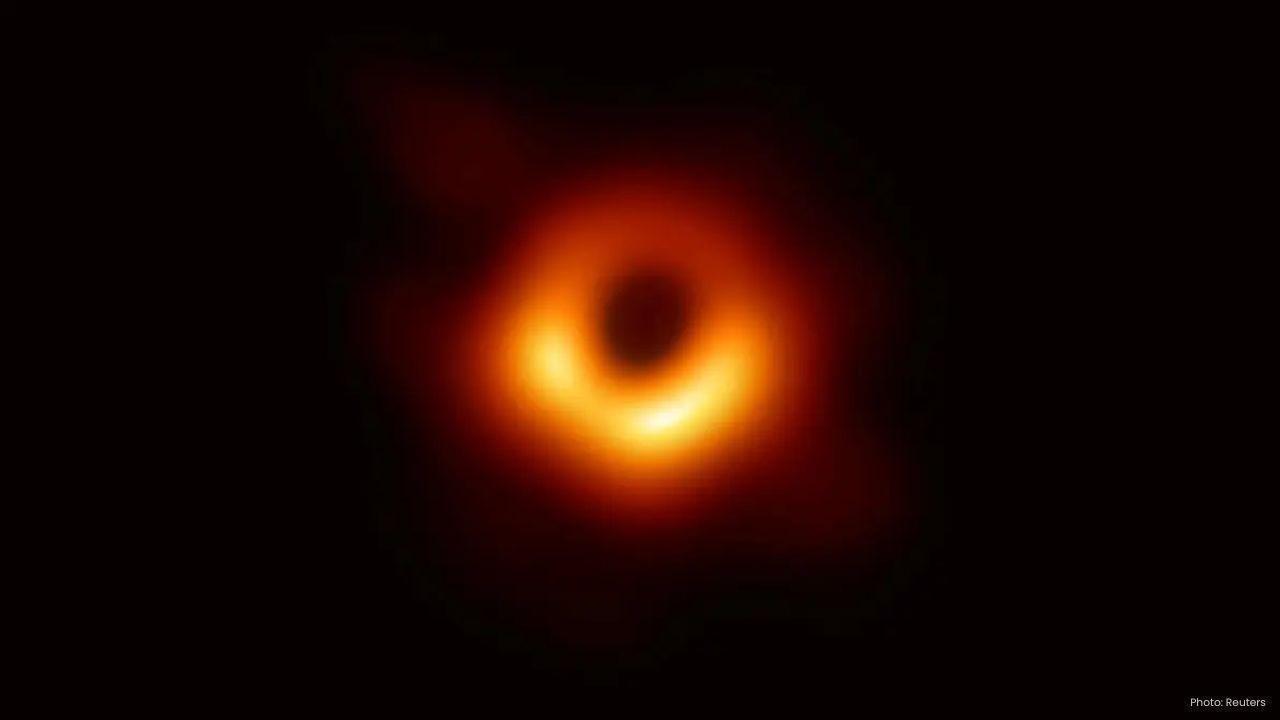
Post by : Bianca Suleiman
Bengaluru: A groundbreaking investigation by astronomers from the Indian Institute of Astrophysics (IIA) has revealed how supermassive black holes situated at the centers of galaxies can significantly curtail the formation of new stars, offering fresh insights into the process of galaxy evolution.
The origins of IIA trace back to an observatory established in 1786 in Madras, which later relocated to Kodaikanal in 1899. The institute has been at the forefront of astronomical studies in India for decades. Utilizing state-of-the-art observational techniques, IIA has unveiled one of the universe’s most enigmatic phenomena.
This study centers on active galactic nuclei (AGN)—highly energetic cores of galaxies fueled by matter descending into supermassive black holes, often millions of solar masses. These regions release intense radiation and frequently produce high-speed jets that can significantly alter their environments.
Co-author Professor C S Stalin noted that advancements in instrumentation, like integral field spectroscopy, have enabled this level of research. “These innovative tools help us explore regions that traditional imaging couldn’t resolve, allowing us to investigate the intricate relationships between AGN and their host galaxies,” he explained.
The research team examined a total of 538 AGN, merging optical data from the Sloan Digital Sky Survey (SDSS) with radio observations from the Very Large Array (VLA). This comprehensive multi-wavelength approach uncovered distinct patterns: radiation and jets originating from black holes can induce substantial gas outflows, depriving galactic centers of the necessary materials for star formation.
Lead researcher Payel Nandi emphasized the study’s expansive scale. “While earlier efforts focused on single galaxies or small groups, our systematic analysis of hundreds of AGN has revealed compelling trends linking black hole activity, gas outflows, and the suppression of star formation,” she stated.
The results indicate that high-speed gas outflows occur over twice as frequently in galaxies exhibiting detectable radio emissions (56%) compared to those that do not (25%). This implies that feedback from black holes is crucial in regulating the growth and evolution of galaxies.
“This research provides invaluable insights into why some galaxies cease to form stars while others continue to flourish,” Nandi summarized. The findings underscore the significance of integrating data across various wavelengths to gain a comprehensive understanding of the forces shaping galaxies.










NBA Friday Recap: Powerhouse Wins for Miami, LA, Milwaukee, and Clippers
Miami, LA Lakers, Milwaukee, and Clippers triumphed in a thrilling NBA Friday, showcasing standout p

Doncic Shines with 49 Points in Lakers' 128-110 Victory over Timberwolves
Luka Doncic dazzles with 49 points as the Lakers secure a 128-110 win against the Timberwolves, show

Kings Triumph Over Jazz 105-104 with Last-Minute Sabonis Effort
The Sacramento Kings edged out the Utah Jazz 105-104, with Domantas Sabonis making the decisive shot

Argentina's Friendly Match Against India Delayed, New Date to be Announced
The friendly match between Argentina and India in Kochi has been postponed due to FIFA approval dela

Rohit and Kohli Conclude ODI Journeys in Australia with a Victory
Rohit Sharma and Virat Kohli bid adieu to Australian ODIs with a final win, forming a 168-run partne

George Russell's Wrestling Mask Antics at Mexican Grand Prix
George Russell donned a wrestling mask to enjoy the Mexican Grand Prix from the stands, providing a